Benzil
Synonym(s):Benzil;Dibenzoyl;Diphenylethanedione
- CAS NO.:134-81-6
- Empirical Formula: C14H10O2
- Molecular Weight: 210.23
- MDL number: MFCD00003080
- EINECS: 205-157-0
- SAFETY DATA SHEET (SDS)
- Update Date: 2024-12-18 14:15:30
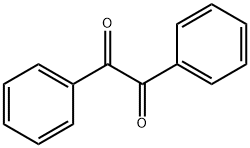
What is Benzil?
Chemical properties
yellow crystals or powder
The Uses of Benzil
Organic synthesis; insecticide.
The Uses of Benzil
Benzil is used as a pharmaceutical intermediate and uv curing resin photosensitizer. In polymer chemistry, it is used as a photoinitiator. Further, it serves as a potent inhibitor of human carboxylesterases. It is used in the preparation of diketimines by reacting with amines. It is also involved in the famous benil-benzilic acid rearrangement. In addition this, it reacts with 1,3-diphenylacetone to get tetraphenylcyclopentadienone.
Definition
A reaction in which benzil (1,2- diphenylethan-1,2-dione) is treated with hydroxide and then with acid to give benzilic acid (2-hydroxy-2,2-diphenylethanoic acid):
C6H5.CO.CO.C6H5→
(C6H5)2C(OH).COOH
The reaction, which involves migration of a phenyl group (C6H5-) from one carbon atom to another, was the first rearrangement reaction to be described (by Justus von Liebig in 1828).
Definition
ChEBI: An alpha-diketone that is ethane-1,2-dione substituted by phenyl groups at positions 1 and 2 respectively.
Benefits
Benzil has potential applications in biological metabolism and clinical medicine. Benzil derivates exhibit radical scavenging and antibacterial and hypertensive, antiprotozoal, antiproliferative, and antimitotic activities. Benzil derivatives have versatile applications in the pharmaceutical industry, and various heterocyclic compounds such as triazine, quinoxaline, and imidazole can be synthesized from 1,2-diketones. It is also used as a nanocatalyst in the application of imidazole derivatives. Recently, it is reported that benzil derivatives acted as photosensitive agents and photoinitiators due to its antitumor activity[1].
Synthesis Reference(s)
Journal of the American Chemical Society, 105, p. 7755, 1983 DOI: 10.1021/ja00364a054
Tetrahedron Letters, 30, p. 6267, 1989 DOI: 10.1016/S0040-4039(01)93869-9
Safety
Potential Acute Health Effects: Very hazardous in case of skin contact (irritant), of eye contact (irritant). Hazardous in case of ingestion, of inhalation.
The substance is toxic to lungs, mucous membranes. Repeated or prolonged exposure to the substance can produce target organs damage. Eye Contact: Check for and remove any contact lenses.
Fine dust dispersed in air may ignite. Dust can form an explosive mixture in air. Thermal decomposition can lead to release of irritating gases and vapors. Keep product and empty container away from heat and sources of ignition.
Safety Profile
Low toxicity by ingestion. An eyeirritant. Combustible. When heated to decomposition itemits acrid smoke and irritating fumes.
Solubility in organics
Soluble in ethanol (50 mg/ml), chloroform, ether, and ethyl acetate. Insoluble in water.
Purification Methods
Crystallise benzil from *benzene after washing with alkali. (Crystallisation from EtOH did not free benzil from material reacting with alkali.) [Hine & Howarth J Am Chem Soc 80 2274 1958.] It has also been crystallised from CCl4, diethyl ether or EtOH [Inoue et al. J Chem Soc, Faraday Trans 1 82 523 1986]. [Beilstein 7 IV 2502.]
References
[1] N. Kanagathara. “Structural and Vibrational Investigation of Benzil-(1,2-Diphenylethane-1,2-Dione): Experimental and Theoretical Studies.” New Journal of Chemistry 3 1 (2022).
Properties of Benzil
| Melting point: | 94-95 °C(lit.) |
| Boiling point: | 346 °C |
| Density | 1,521 g/cm3 |
| vapor pressure | 1 mm Hg ( 128.4 °C) |
| refractive index | 1.5681 (estimate) |
| Flash point: | 346-348°C |
| storage temp. | Store below +30°C. |
| solubility | <0.5g/l |
| form | Crystalline Powder |
| color | White |
| Water Solubility | 0.5 g/L (20 ºC) |
| Merck | 14,1078 |
| BRN | 608047 |
| Dielectric constant | 13.0(94℃) |
| Stability: | Stable. Combustible. Incompatible with strong oxidizing agents. |
| CAS DataBase Reference | 134-81-6(CAS DataBase Reference) |
| NIST Chemistry Reference | Ethanedione, diphenyl-(134-81-6) |
| EPA Substance Registry System | Benzil (134-81-6) |
Safety information for Benzil
| Signal word | Warning |
| Pictogram(s) |
 Exclamation Mark Irritant GHS07 |
| GHS Hazard Statements |
H315:Skin corrosion/irritation H319:Serious eye damage/eye irritation |
| Precautionary Statement Codes |
P264:Wash hands thoroughly after handling. P264:Wash skin thouroughly after handling. P280:Wear protective gloves/protective clothing/eye protection/face protection. P302+P352:IF ON SKIN: wash with plenty of soap and water. P305+P351+P338:IF IN EYES: Rinse cautiously with water for several minutes. Remove contact lenses, if present and easy to do. Continuerinsing. P332+P313:IF SKIN irritation occurs: Get medical advice/attention. P337+P313:IF eye irritation persists: Get medical advice/attention. |
Computed Descriptors for Benzil
| InChIKey | WURBFLDFSFBTLW-UHFFFAOYSA-N |
Benzil manufacturer
Navone Specialties (OPC) Pvt Ltd
ARRAKIS INDUSTRIES LLP
New Products
Tert-butyl bis(2-chloroethyl)carbamate 4-Methylphenylacetic acid N-Boc-D-alaninol N-BOC-D/L-ALANINOL N-octanoyl benzotriazole 3-Morpholino-1-(4-nitrophenyl)-5,6-dihydropyridin- 2(1H)-one Furan-2,5-Dicarboxylic Acid DIETHYL AMINOMALONATE HYDROCHLORIDE 1,1’-CARBONYLDIIMIDAZOLE R-2-BENZYLOXY PROPIONIC ACID 1,1’-CARBONYLDI (1,2-4 TRIAZOLE) N-METHYL INDAZOLE-3-CARBOXYLIC ACID (2-Hydroxyphenyl)acetonitrile 4-Bromopyrazole 5-BROMO-2CYANO PYRIDINE 5,6-Dimethoxyindanone 5-broMo-2-chloro-N-cyclopentylpyriMidin-4-aMine 2-(Cyanocyclohexyl)acetic acid 4-methoxy-3,5-dinitropyridine 1-(4-(aminomethyl)benzyl)urea hydrochloride 2-aminopropyl benzoate hydrochloride diethyl 2-(2-((tertbutoxycarbonyl)amino) ethyl)malonate tert-butyl 4- (ureidomethyl)benzylcarbamate Ethyl-2-chloro((4-methoxyphenyl)hydrazono)acetateRelated products of tetrahydrofuran
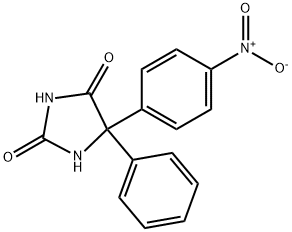
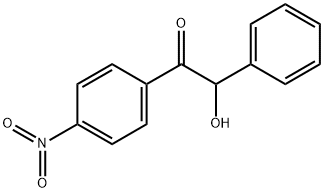
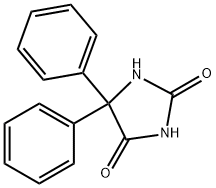
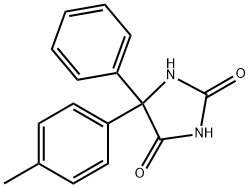
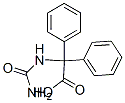
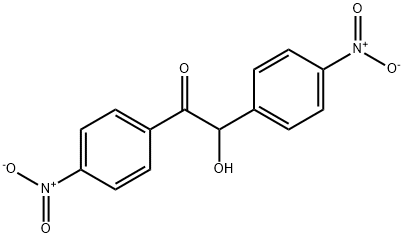
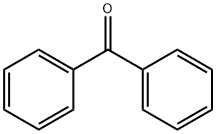
![3a,6a-Diphenyloctahydroimidazo[4,5-d]imidazole-2,5-dione](https://img.chemicalbook.in/CAS/GIF/5157-15-3.gif)
You may like
-
 BENZIL 99%View Details
BENZIL 99%View Details -
 Benzil 98%View Details
Benzil 98%View Details
134-81-6 -
 Benzil CAS 134-81-6View Details
Benzil CAS 134-81-6View Details
134-81-6 -
 Benzil CAS 134-81-6View Details
Benzil CAS 134-81-6View Details
134-81-6 -
 Benzil CAS 134-81-6View Details
Benzil CAS 134-81-6View Details
134-81-6 -
 BENZIL 134-81-6 99%View Details
BENZIL 134-81-6 99%View Details
134-81-6 -
 BENZIL For Synthesis CAS 134-81-6View Details
BENZIL For Synthesis CAS 134-81-6View Details
134-81-6 -
 Benzil CAS 134-81-6View Details
Benzil CAS 134-81-6View Details
134-81-6